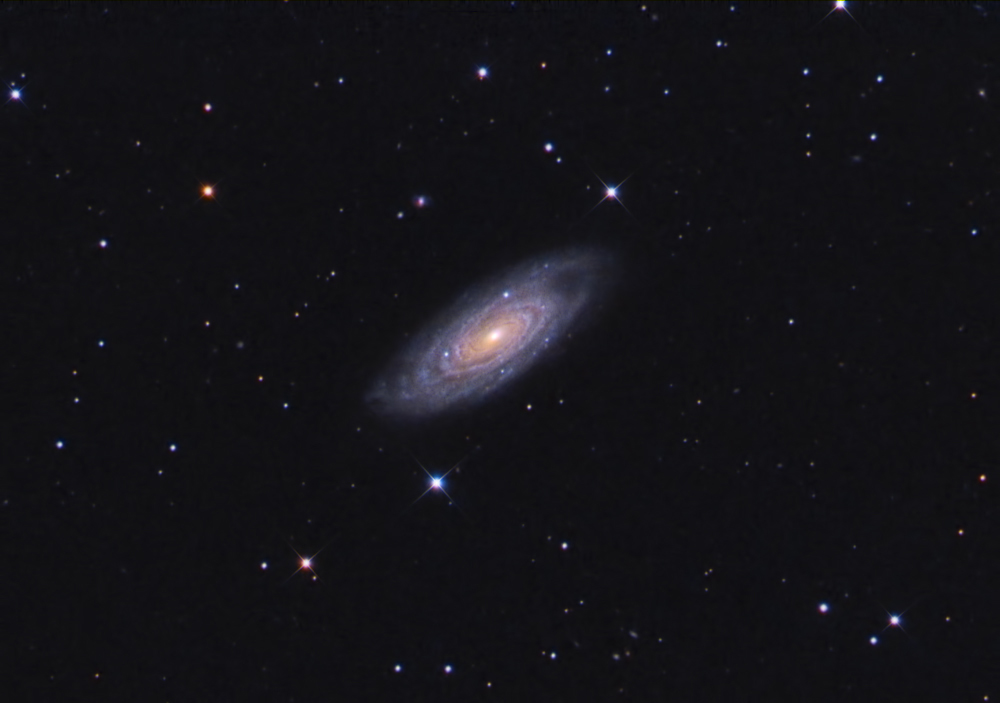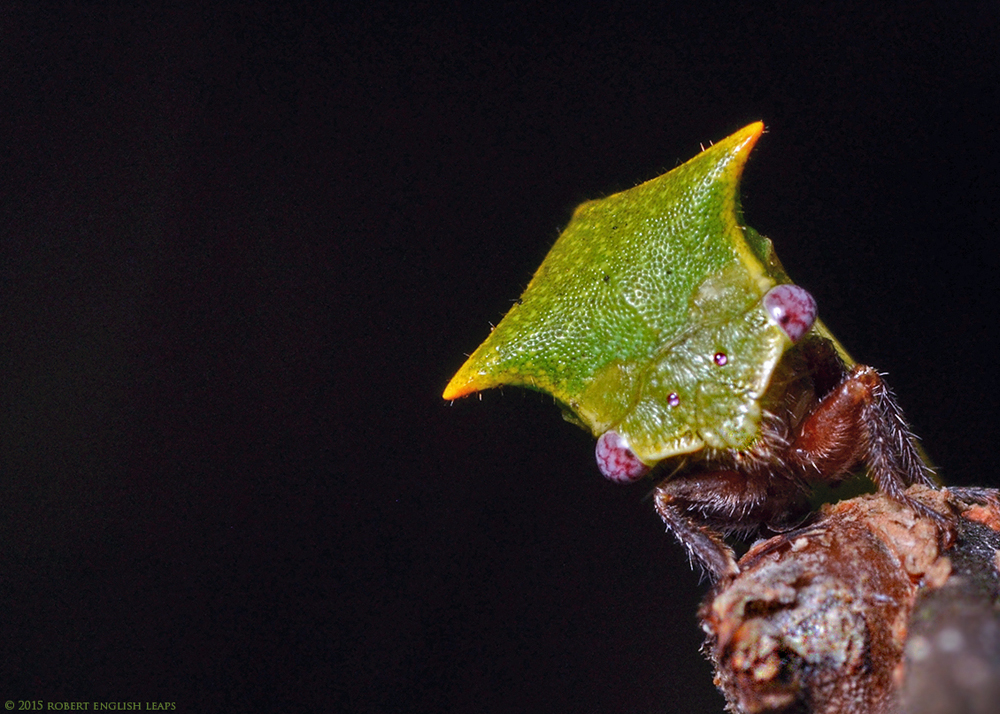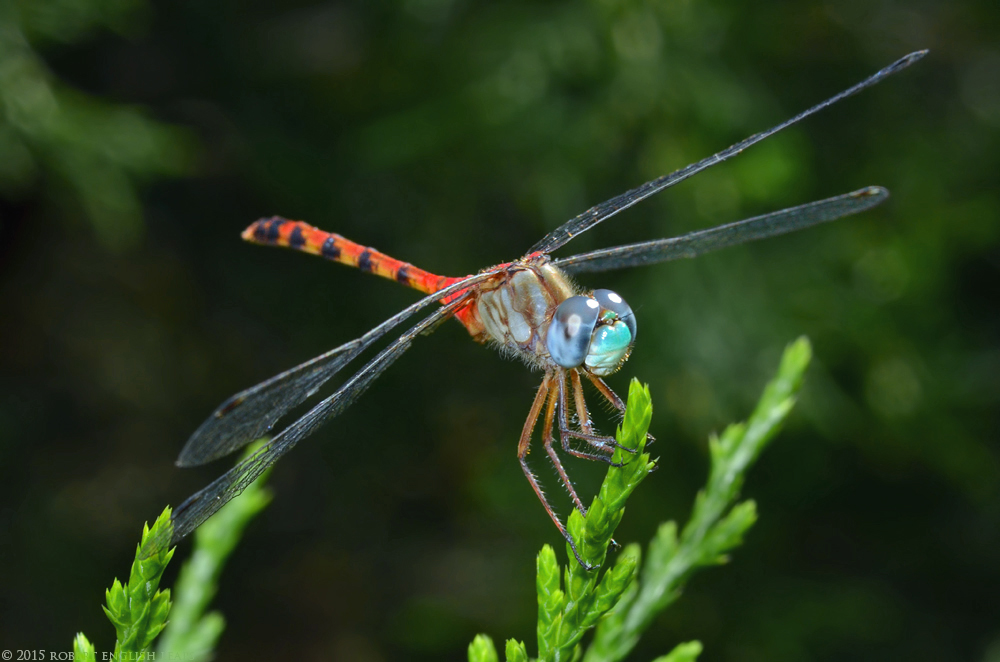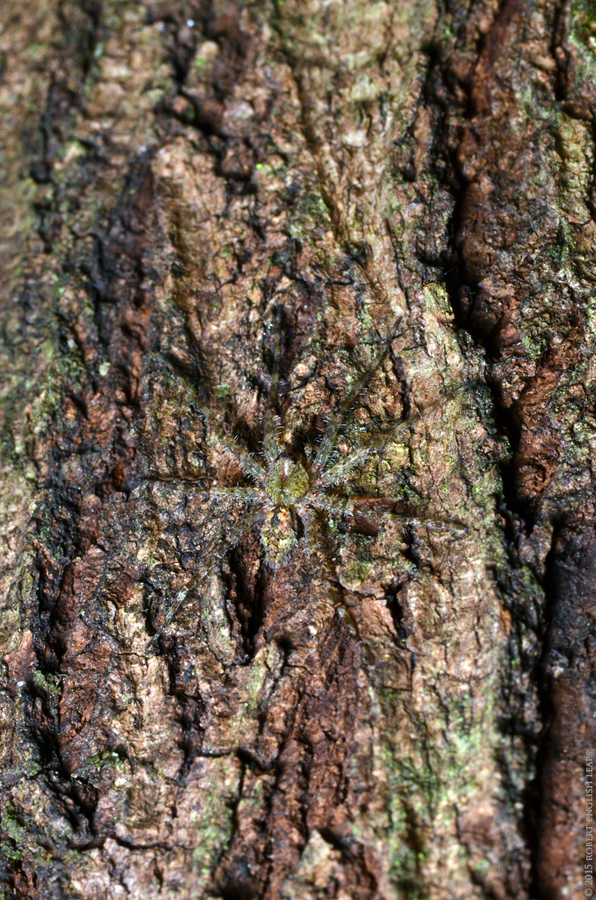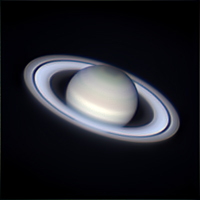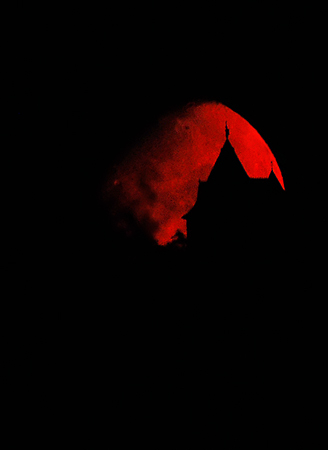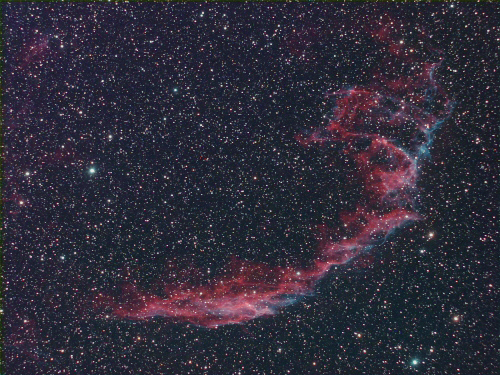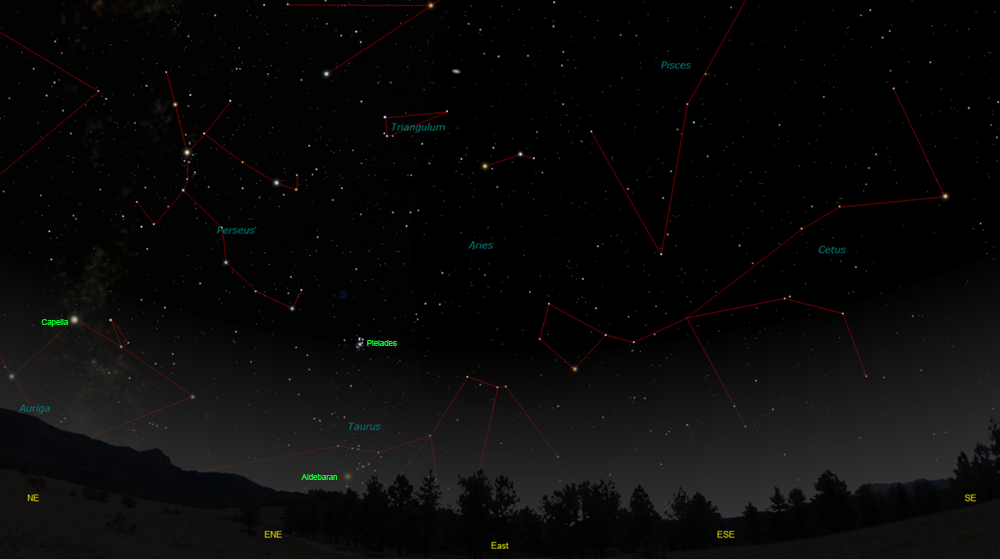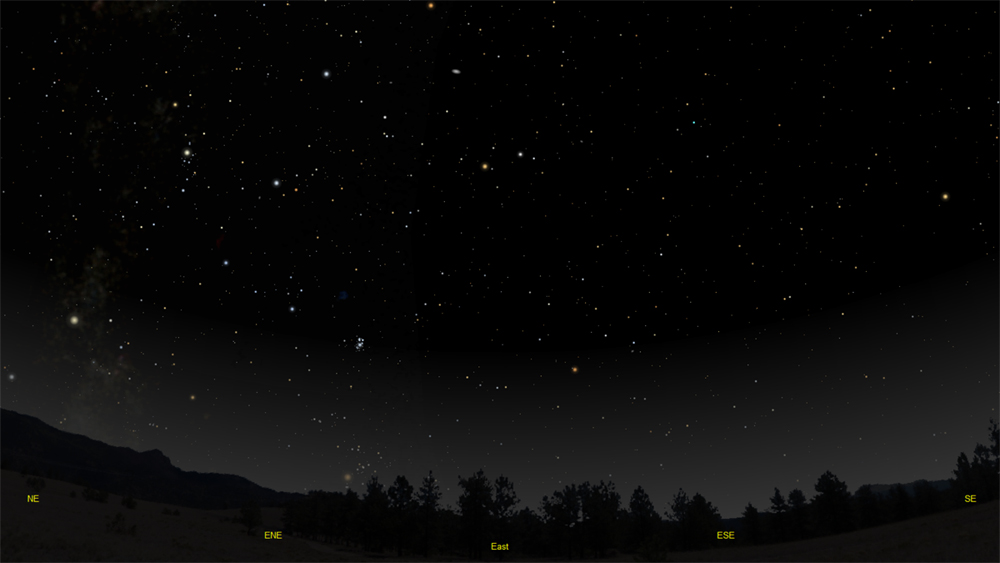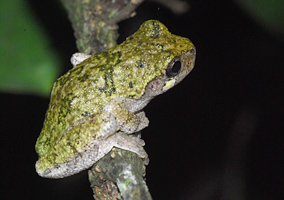The purpose of this feature is to give scout leaders, educators and naturalists an idea of some of the natural events coming up each month. We will try to cover a variety of natural events ranging from sky events to calling periods of amphibians, bird and mammal watching tips, prominent wildflowers and anything else that comes to mind. We will also note prominent constellations appearing over the eastern horizon at mid-evening each month for our area for those who would like to learn the constellations. If you have suggestions for other types of natural information you would like to see added to this calendar, let us know! Note: You can click on the hyperlinks to learn more about some of the featured items. To return to the Calendar, hit the "back" button on your browser, NOT the "back" button on the web page. All charts are available in a "printer friendly" mode, with black stars on a white background. Left clicking on each chart will take you to a printable black and white image. Please note that images on these pages are meant to be displayed at 100%. If your browser zooms into a higher magnification than that, the images may lose quality. Though we link book references to nationwide sources, we encourage you to support your local book store whenever possible.
Leaps Won an Award! On September 26th we were very honored to receive a Distinguished Service Award from the Tennessee Environmental Education Association. We have known many of the members of this organization for over two decades and they continue to inspire us. Thanks from the bottom of our hearts!
Notes and Images From September 2015 The first week of September brought some clear nights and I decided to image a small but interesting galaxy in Aquarius. NGC 7606 was discovered by William Herschel in 1785, and it's fairly easy to find its location in the sky. It nestles in close to a conspicuous trio of stars near the border of Pisces. Visually spotting it can be a little challenging, as I found out later in the month when I got out my old 6-inch reflector and looked for it. Looking back on it, I probably should have waited until the galaxy was higher in the sky. When I aimed the scope at where I thought the galaxy should be, I initially saw nothing at all. I then spotted one tiny faint star, which turned out to be the brightest star in the image below. After a while, I barely made out the faint glow of the galaxy. I could see it only with averted vision, looking to one side of where I thought the galaxy should be. It disappeared when I looked directly at it. I could see the elongation of the galaxy as shown in the image, but its soft glow was very, very faint.
It brought to mind a story I read about astronomer Edward Emerson Barnard. Barnard, who grew up in Nashville, was known for his exceptional ability to spot very faint objects. Barnard wrote to his fellow astronomer and friend Lewis Swift about a new nebula he had discovered with his 5-inch refractor. Swift, who was using a much larger 16-inch refractor, could barely see it! He told Barnard the nebula was, "about as near spiritual as anything conceivable here." I could have said the same about NGC 7606. The image above was made from 5 hours and 20 minutes total exposure made over three nights with our 12-1/2 inch Newtonian reflector, beginning on the 6th. Many faint background galaxies are visible in the image. The only one cataloged is the small but bright galaxy above and slightly left of NGC 7606. Though it looks bright in the image, it is only about 17th magnitude. NGC 7606 is about 100 million light-years distant.
The small cedars and hackberries that border the path to our observatory have grown up somewhat in the last few years. Most are higher than our heads now, but I don't mind them. They often provide some interesting finds as I walk down to prepare the telescope for an observing run. The first of these finds was on September 5th. On my previous walk down to the scope I had briefly seen an interesting dragonfly along the path, and I was returning with my camera. The dragonfly didn't appear, but out of the corner of my eye I saw a small movement along a Hackberry twig that I was passing. Looking closely at the twig, I found a tiny green treehopper perched there.
One of the fun parts of macro photography is that often you can't see a creature well until you zoom in with the camera and see it in the viewfinder. Then it sometimes seems like you enter another world! I saw a creature that looked like an alien. It was a Buffalo Treehopper, a small insect that lives on the sap of trees and shrubs. I took a lot of shots, and the treehopper was very cooperative. It was still there when I left. Buffalo Treehoppers get their name from their profile when viewed from the side. They have a hump in their back reminiscent of an American Bison. Their length varies from 6 to 8 millimeters, or between a quarter and three-eighths of an inch. The odd protuberances on the sides of the head are thought to mimic thorns and to discourage predators. These small treehoppers are active during the summer months. Their courtship songs are said to be above the frequency range of human hearing. Females lay eggs in the bark of tree branches with a blade-like ovipositor. The young emerge the following spring. Worldwide, around 3,200 species of treehoppers have been described.
The dragonfly that I was originally seeking reappeared later that afternoon. It was a beautiful species, a Blue-faced Meadowhawk. The late afternoon sun caught its brightly colored abdomen and it almost seemed to glow. For several days I would see it when I made my way down the observatory path. The image below was made on one of the cedars that border the observatory clearing.
On September 19th, we conducted a spider bioblitz at the Owl's Hill Nature Sanctuary. Along with some very knowledgeable volunteers, we searched selected habitats from mid-afternoon to mid-evening. The variety of spiders was amazing, and we learned a great deal from those who participated in the blitz. We searched meadows, fields, ponds, a stream, and woods. After dark we spotted various species by their eyeshine. One of the most beautifully camouflaged species we encountered was the White-banded Fishing Spider shown at right. It's safe to say that we would not have seen this individual in the daylight hours. We spotted it by seeing its bluish eye shine on the trunk of a tree about 3 feet off the ground. Take a minute to appreciate the camouflage! It takes a second or two to see any of the back legs. The hairs along the body and legs of fishing spiders repel water, so they can literally walk along the surface of the water. The hairs also help in sensing the vibrations in the water created by the movement of prey, and thus aid in hunting. We're still reviewing the hundreds of images we took that evening, but we feel like the bioblitz was a great success.
Sky Events for October 2015: Evening Sky:
Morning Sky: Venus rises about 3:16am in Leo at the beginning of the month and is dazzling in the eastern sky before sunrise. It will climb steadily higher in the sky each morning as the month progresses. Mars is also in Leo as the month begins, and can be found below and to the left of Venus. Venus, the bright star Regulus, Mars and Jupiter form a line in the predawn sky on October 1st. Jupiter is the lowest member of the planetary group in the dawn twilight and rises about 4:30am. It also is in Leo. Watch for Mercury to join the party during the middle of the month. It reaches greatest elongation on the 16th. All times noted in the Sky Events are for Franklin, Tennessee and are in Central Daylight Time. These times should be pretty close anywhere in the mid-state area. Constellations: The views below show the sky looking east at 9:30pm CDT on October 15th. The first view shows the sky with the constellations outlined and labeled. Star and planet names are in green. Constellation names are in blue. The second view shows the same scene without labels. Prominent constellations include Andromeda, Perseus, Triangulum, the Triangle, Aries, the Ram, and Cetus, the Sea Monster. Auriga, the Charioteer, with its bright star Capella, and Taurus, the Bull, are rising in the northeast. The bright star Aldebaran, a red giant representing the eye of the bull, should just be rising. Above Aldebaran, look for the Pleiades, a beautiful open star cluster. Also called the "Seven Sisters," it has been known since antiquity. In Japan it is known as Subaru, and the Subaru automobile is named for this cluster. Before the Gregorian calendar reform in 1582, the Pleiades culminated around midnight on October 31st, and it has been traditionally associated with Halloween. Speaking of Halloween, we're including an image of the Renaissance Castle with a waxing gibbous moon setting behind it. No gimmicks here - to see how the image was made, just click the image.
Fall is a great time to search for the very faint Veil Nebula. This supernova remnant is high in the sky this time of year, and you can sometimes spot it with 10x50 binoculars on very clear moonless nights. You won't see the fine detail or the colors you see in the image at right, but it's fun to try and catch the faint smoky wisps against a starry background. You can find a binocular finder chart and tips for spotting the Veil Nebula here. I've spotted the eastern side of the nebula in the fall. I don't think I've ever spotted the western side with binoculars. The embedded bright star 52 Cygni seems to dazzle my eyes too much to see the nebulosity there. Using averted vision and looking to one side of the nebula's position may help you spot it.
On Learning the Constellations: We advise learning a few constellations each month, and then following them through the seasons. Once you associate a particular constellation coming over the eastern horizon at a certain time of year, you may start thinking about it like an old friend, looking forward to its arrival each season. The stars in the evening scene above, for instance, will always be in the same place relative to the horizon at the same time and date each October. Of course, the planets do move slowly through the constellations, but with practice you will learn to identify them from their appearance. In particular, learn the brightest stars for they will guide you to the fainter stars. Once you can locate the more prominent constellations, you can "branch out" to other constellations around them. It may take you a little while to get a sense of scale, to translate what you see on the computer screen or what you see on the page of a book to what you see in the sky. Look for patterns, like the stars that make up the constellation of Perseus. The earth's rotation causes the constellations to appear to move across the sky just as the Sun and the Moon appear to do. If you go outside earlier than the time shown on the charts, the constellations will be lower to the eastern horizon. If you observe later, they will have climbed higher. To observe faint objects, it's always better to wait until they are high in the sky. As each season progresses, the earth's motion around the sun causes the constellations to appear a little farther towards the west each night for any given time of night. The westward motion of the constellations is equivalent to two hours per month. Recommended: is beautiful, compact star atlas.A good book to learn the constellations is Patterns in the Sky, by Hewitt-White. You may also want to check out at H. A. Rey's classic, The Stars, A New Way to See Them. For skywatching tips, an inexpensive good guide is Secrets of Stargazing, by Becky Ramotowski.
A good general reference book on astronomy is the Peterson
Field Guide,
A Field Guide to the Stars and Planets, by Pasachoff. The book retails for around $14.00. The Virtual Moon Atlas is a terrific way to learn the surface features of the Moon. And it's free software. You can download the Virtual Moon Atlas here. Cartes du Ciel is a great program for finding your way around the sky. It is also free, and can be downloaded here. Apps: We really love the Sky Safari Pro application described here. For upcoming events, the Sky Week application is quite nice. Both apps are available for both I-phone and Android operating systems. The newest version, Sky Safari 4, is available from Play Store or from i-tunes.
Amphibians:
Listen for Southern Leopard Frogs calling during their fall breeding period. Listen also for Spring Peepers to call from patches of woods. Upland Chorus Frogs sometimes give a very dry, raspy version of their call in October. Warm-weather species like treefrogs seldom call now, but you can sometimes find them foraging in trees and shrubs. You can locate many of the frogs and toads that have been calling more frequently earlier in the year by driving the back roads slowly on rainy nights. This is a two person job. One person watches the road for amphibians and one person looks out for other vehicles. Continue to look for salamander species that breed in the fall, like the Marbled Salamander. Recommended:
The Frogs and Toads of North America,
Lang Elliott, Houghton Mifflin Co. Archives (Remember to use the back button on your browser, NOT the back button on the web page!) Natural Calendar November 2014 Natural Calendar September 2014 Natural Calendar February 2014 Natural Calendar January 2014 Natural Calendar December 2013 Natural Calendar September 2013 Natural Calendar February 2013 Natural Calendar January 2013 Natural Calendar December 2012 Natural Calendar November 2012 Natural Calendar September 2012 Natural Calendar February 2012 Natural Calendar December 2011 Natural Calendar November 2011 Natural Calendar September 2011 Natural Calendar February 2011 Natural Calendar December 2010 Natural Calendar November 2010 Natural Calendar September 2010 Natural Calendar February 2010 Natural Calendar December 2009 Natural Calendar November 2009 Natural Calendar September 2009 Natural Calendar February 2009 Natural Calendar December 2008 Natural Calendar November 2008 Natural Calendar September 2008 Natural Calendar February 2008 Natural Calendar December 2007 Natural Calendar November 2007 Natural Calendar September 2007 Natural Calendar February 2007 Natural Calendar December 2006 Natural Calendar November 2006 Natural Calendar September 2006 Natural Calendar February 2006 Natural Calendar December 2005Nature Notes Archives: Nature Notes was a page we published in 2001 and 2002 containing our observations about everything from the northern lights display of November 2001 to frog and salamander egg masses. Night scenes prepared with The Sky Professional from Software Bisque All images and recordings © 2015 Leaps
| |
